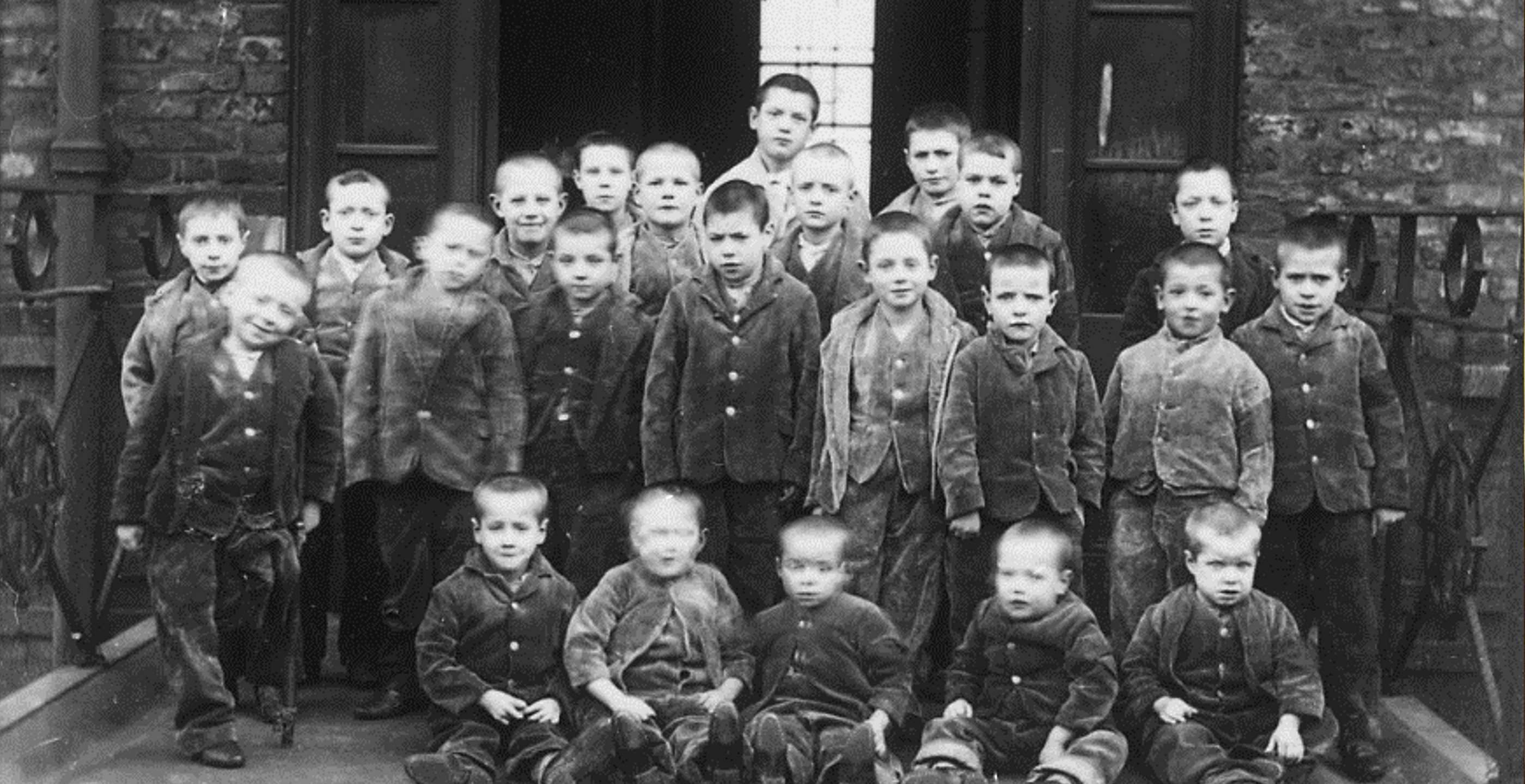
# Are We Slower Than the Victorians? Reaction Time Data Across the Centuries
Since the dawn of psychology as a formal discipline, researchers have been captivated by reaction times (RT). The speed at which individuals react to stimuli serves as a foundational element in cognitive psychology today, revealing insights into mental processes. Comparing reaction times under various experimental conditions allows researchers to deduce distinctions in cognitive processing. Interestingly, Sir Francis Galton, a pioneer from the 19th century, compiled one of the earliest extensive datasets on simple reaction times—an exploration that has ignited a compelling discourse regarding whether cognitive agility has diminished over generations.
## Galton’s Reaction Time Studies: A Victorian Curiosity
Francis Galton, recognized as much for his contentious views on eugenics as for his breakthroughs in statistics and measurement, was one of the first to meticulously document reaction times. In the late 19th century, he gathered reaction time information from an impressive 3,410 individuals. However, Galton’s aims differed from those of today’s cognitive psychologists. He intended to use reaction times as a measure of individual intelligence differences, positing that quicker processing speed might relate to greater intelligence—a connection that continues to be explored.
Galton’s dataset serves as a unique historical reference, prompting a thought-provoking question: Are individuals today quicker or slower than their Victorian counterparts? The ramifications extend beyond trivial games or speed contests. If reaction times are indicative of cognitive function, as posited by Galton, evaluating historical against contemporary data may illuminate broader generational shifts in mental capabilities.
## The Flynn Effect vs. Reaction Time Data
Contemporary psychology has documented what is termed the Flynn Effect: a remarkable, consistent increase in IQ scores across generations throughout the 20th century. This observation contrasts with the longstanding belief—echoed through generations since Ancient Greece—that “children today” are less intelligent or disciplined than those before them.
Nevertheless, while IQ scores have risen, data on reaction times suggest a more complex or even opposing trend. Numerous studies have juxtaposed Galton’s Victorian-era RTs with modern results, consistently revealing that current participants show slower response times.
A significant study by Silverman (2010) compared the simple reaction times of young adults across 14 studies from 1941 onward to Galton’s dataset. With one exception, all recent studies indicated prolonged reaction times. Potential explanations, such as variations in measurement technology, were examined but mostly dismissed. Similarly, Woodley and colleagues (2013, 2015) analyzed extensive datasets, noting an observable deceleration of approximately 20 milliseconds from Victorian times to the present—equating to about a 10% decrease in speed.
## What Does a 20 Millisecond Difference Mean?
While 20 milliseconds—a fiftieth of a second—may appear trivial, it is quite relevant in reaction time research. Tasks designed to assess reaction time are intended to capture instantaneous responses, and minor differences can reflect significant variations in cognitive processing speed.
The graph by Woodley et al., which depicts secular slowing across four representative studies in the UK, reinforces the notion: present-day participants react more slowly compared to their Victorian forerunners.
## Interpreting Generational Slowing: Many Hypotheses
The central inquiry persists: what does this apparent deceleration imply? Researchers have suggested several theories:
– **Genuine Decline in Cognitive Function**: If reaction times are indicative of cognitive speed, slower responses might signify slower mental operations.
– **Changes in Experimental Approach**: Today’s subjects may engage with simple reaction tasks with reduced urgency or from a different perspective than Victorians.
– **Motivational Differences**: Participants from the Victorian era might have been more driven, perhaps due to a societal intrigue with science and self-measurement.
– **Excess Cognitive Load**: Modern existence often entails multitasking and continuous cognitive engagement, potentially influencing baseline reaction times.
– **Methodological Variations**: Despite efforts to replicate Galton’s equipment and methodologies, minor technological changes might still result in bias.
Considering these various reasonable explanations, it is hasty to arrive at the conclusion that contemporary populations have experienced a true cognitive decline based solely on reaction time data.
## Limitations and Call for Further Research
Despite Galton’s extensive sample, comparisons of reaction times across the centuries experience a shortfall of intermediary data. Ideally, we would have measurements from the early and mid-20th century to construct a more continuous trend. Absent this, it’s challenging to determine whether those in, for instance, the 1930s performed at a level situated between Victorians and today’s individuals.
Moreover, a 10% slowdown, while noteworthy, may represent changes in lifestyle, technology use, or testing conditions rather than a definitive deterioration in human cognitive functions.
## Conclusion: Cautious Interpretation Needed
Galton’s century-old data presents a compelling, albeit perplexing, challenge to simplistic narratives surrounding human cognitive progression. While the Flynn Effect indicates rising IQ scores, reaction time data suggests that our mental response speed may have somewhat declined.
